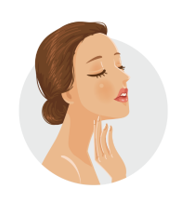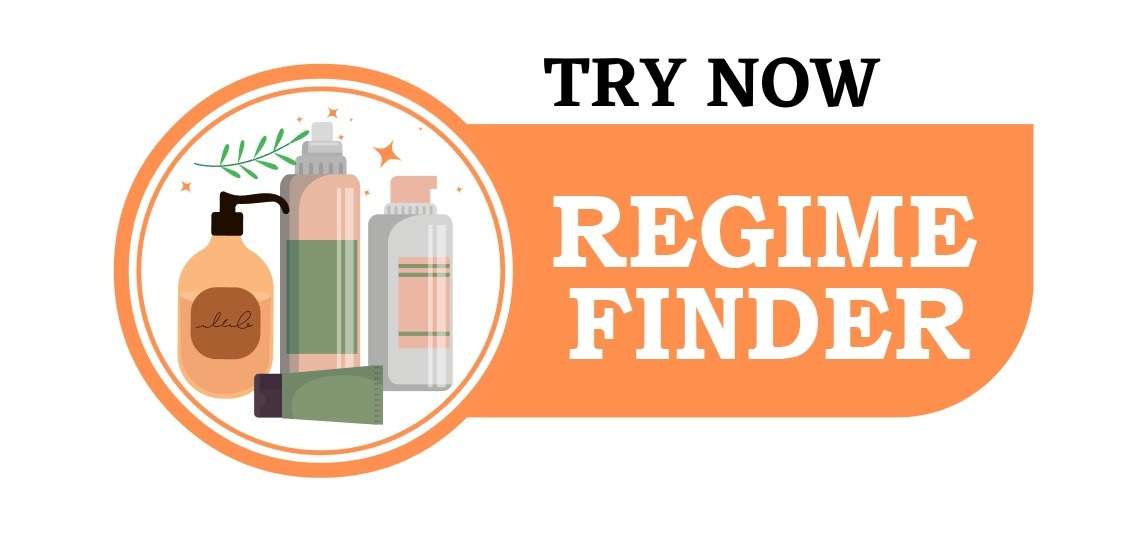How to give Baby Bath and use Baby Oil | a Dermatologist Guide
June 7, 2017 2024-11-28 6:31How to give Baby Bath and use Baby Oil | a Dermatologist Guide
As an Amazon associate, Dermatocare earns from valid purchase made by clicking on the affiliate links in this blog.

How to give Baby Bath and use Baby Oil | a Dermatologist Guide
“
Doctor, how do I give my baby a bath? What’s the ideal water temperature? Should I use soap or a liquid cleanser? When should I apply baby oil—before or after the bath?
As a parent who has navigated these questions myself, I’ve researched from a dermatologist’s perspective to address these common concerns. This article will guide you through giving your baby a bath and using baby oil in seven simple steps.
Caring for your baby’s skin is especially crucial if your family has a history of allergies, as it can help prevent baby eczema or atopic dermatitis.
Why Do Babies Need Special Skincare?
A baby’s skin undergoes significant changes after birth. While in the womb, their skin is surrounded by amniotic fluid, a warm and moist environment. After birth, their skin faces new challenges, as outlined below:
- Environmental Change: Babies transition from the warm, moist amniotic fluid to a dry and cold environment, especially in air-conditioned or heated spaces without proper humidification.
- Dryness: Baby skin is naturally drier than adult skin due to fewer natural moisturizing factors, making it prone to moisture loss.
- Alkaline pH: Unlike the acidic pH of adult skin, baby skin has a higher, more alkaline pH. Alkaline soaps can disrupt this delicate balance, so it’s best to avoid them. Studies recommend products that maintain the skin’s pH and barrier.
- Underdeveloped Sweat Glands: Babies’ sweat glands are not fully functional, making them prone to heat rashes in high temperatures.
- Inability to Conserve Heat: Babies struggle to maintain body heat, especially in cold weather. Keep room temperatures between 24–28°C for comfort.
- More Body Folds: Areas like the neck, thighs, and skin folds can trap sweat and dust, increasing the risk of fungal or bacterial infections.
- Diaper Area Sensitivity: Frequent exposure to urine, stool, and cleansers can irritate the diaper area, leading to dryness, flakiness, or rashes.
- Weak Skin Barrier: Baby skin is still maturing, so harmful substances can be absorbed more easily into the bloodstream.
Seven Steps to Give Your Baby a Bath and Use Baby Oil
STEP 1: Preparation
Before undressing your baby, gather everything you’ll need—towels, clothes, cleanser, moisturizer, and any other essentials—so you don’t leave the baby unattended. Ensure the water temperature is warm but not too hot or cold.
STEP 2: Undress Your Baby
Turn off fans and air conditioners to avoid drafts. In colder climates, ensure the room is warm but not overly heated.
STEP 3: Massage with Baby Oil
This step is often debated. While some believe massage should be done after bathing, many parents find that babies are too hungry afterward for a proper massage. If needed, you can skip this step in the morning and massage in the evening. Ideally, babies benefit from a massage twice a day.
- Use coconut oil or ghee, avoiding olive or mustard oil.
- Warm your hands before starting and gently massage for 15–30 minutes. This helps keep the skin moisturized, promotes weight gain, enhances well-being, and relaxes your baby.
STEP 4: Bathing
Use a liquid cleanser formulated for babies rather than soap. Alkaline soaps can dry out your baby’s skin and disrupt its pH balance.
- Begin by wetting the baby’s skin with lukewarm water.
- Apply the cleanser, paying special attention to folds on the neck, arms, and thighs. Gently pull apart these folds to clean them thoroughly.
- Keep baths short to avoid overexposure to water, which can dry out the skin further.
STEP 5: Toweling
Pat the skin dry gently rather than rubbing. Pay extra attention to folds in the neck, arms, and thighs, ensuring they’re completely dry to prevent infections or rashes.
STEP 6: Moisturize
Bathing can strip natural moisture from your baby’s skin. Immediately after drying, apply a fragrance-free, hypoallergenic moisturizer designed for babies.
Avoid sprinkling powder in skin folds, as it is no longer recommended.
STEP 7: Dress Your Baby
Dress your baby promptly but avoid over-layering. A general rule is to use one extra layer of clothing than you would wear yourself. Maintain the room temperature to feel comfortably warm.
Guidelines for Baby Bathing and Oil Application
The Indian Academy of Pediatrics recommends the following:
- Delay the baby’s first bath for at least 24 hours after birth.
- Limit bath duration to 5–10 minutes.
- Use a liquid cleanser with neutral or acidic pH.
- Keep the umbilical cord stump clean without applying anything to it.
- Clean and dry the diaper area frequently to prevent rashes.
- Massage with coconut oil, sunflower oil, or mineral oil, and avoid vegetable oils like olive or mustard oil.
Final Thoughts
Your baby’s skin needs special care, and the right skincare products play a vital role. For dermatologist-recommended products tailored to your baby’s needs, check out our Solution Finder Tool on Dermatocare.
By following these steps, you can ensure your baby’s skin stays healthy, soft, and free of irritation
ROUTINE FINDER
Get free dermatologist-recommended regime by choosing your skin or concerns.

FACE

HAIRS

CHILD

BODY
Categories
- Acne
- Ageing
- AHA (Like Glycolic acid)
- Atopic dermatitis
- Azelaic acid
- Baby skin care
- BHA(like Salicylic Acid)
- Body
- Boils
- Chapped Lips
- Chilblains
- Child
- Combination Skin
- Corn & Callus
- Cosmetic procedures
- Dandruff
- Dark Circles
- Dermatocare Recommended
- Dry Skin
- Eczema
- Exososmes
- Face
- Face Pack/Sheets
- Face products
- Face wash
- Genital care
- Global
- Grey Hair
- Hair
- Hair care
- Hair Fall
- Hair loss in female
- Hair Loss in Males
- Hand And Feet
- Harmful ingredients
- Head Lice
- Hirsutism
- Hives
- Home Remedies
- Hyaluronic acid
- Hyperhidrosis
- India
- Insect Bite
- Lifestyle and Diet
- Micellar water
- Moisturiser
- Nail Care
- Natural Ingredients
- Niacinamide
- Oily Skin
- Peptides
- Pigmentation
- Powerful Ingredients
- Prickly Heat
- Psoriasis
- Regimes
- Retinoids
- Ringworm
- Scrubs
- Sensitive Skin
- Serums
- Skin cancer
- Skin care
- Stretch marks
- Sunburn
- Sunscreen
- Vitamin C
- Vitiligo
- Warts




